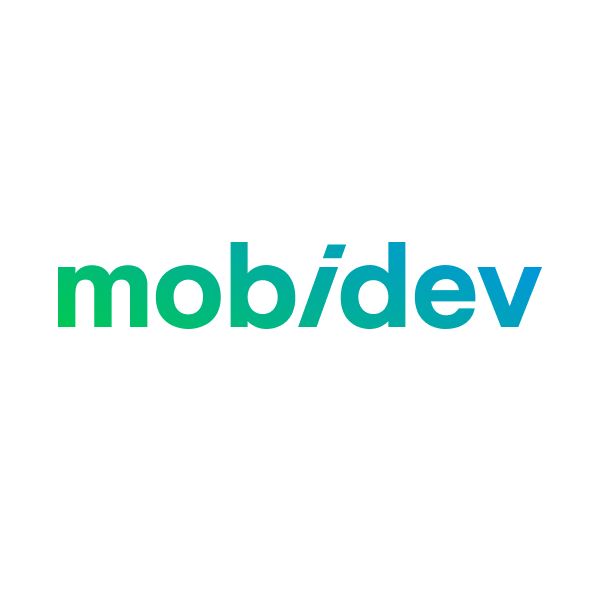1,085 reads
The Hot-Topic Flutter 2.0 Insights: 10 Improved Features for Proficient Web Development
by
April 5th, 2021
Audio Presented by

Trusted software development company since 2009. Custom DS/ML, AR, IoT solutions https://mobidev.biz
About Author
Trusted software development company since 2009. Custom DS/ML, AR, IoT solutions https://mobidev.biz